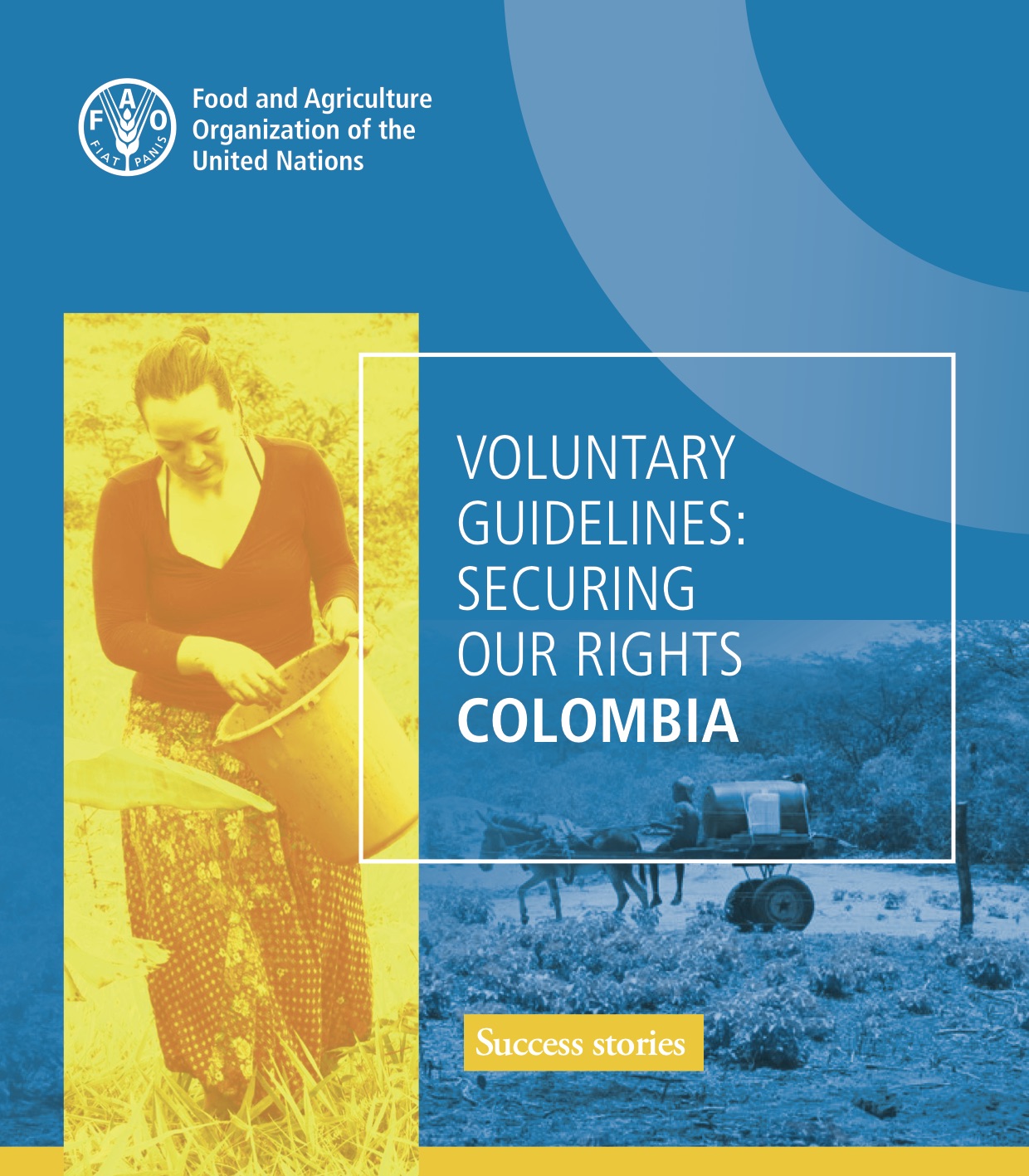In May 2012, the Committee on World Food Security approved the Voluntary Guidelines on the Responsible Governance of Tenure of Land, Fisheries and Forests in the Context of National Food Security (the “Guidelines”). The Guidelines have been described as a catalysing instrument that improves the…
Con el propósito de compartir conocimientos, logros y retos de diversas experiencias en áreas protegidas (AP) latinoamericanas, se llevó a cabo entre el 27 de julio y el 21 de agosto de 2020, el INTERCAMBIO INTERNACIONAL Experiencias de gobernanza y gestión territorial en Áreas Protegidas. En…
One of the most difficult types of land-related conflict is that between Indigenous peoples and third parties, such as settler farmers or companies looking for new opportunities who are encroaching on Indigenous communal lands. Nearly 30% of Colombia’s territory is legally owned by Indigenous…
The Fit-For-Purpose Land Administration (FFPLA) approach uses flexible techniques under basic regulations, avoiding complicated systems and aiming to fulfill the objective of land tenure security for all. In addition, a land administration system should evolve, starting as a simple system in…
The Fit-For-Purpose Land Administration (FFPLA) approach uses flexible techniques under basic regulations, avoiding complicated systems and aiming to fulfill the objective of land tenure security for all. In addition, a land administration system should evolve, starting as a simple system in…
Few studies analyze people’s preferences for ecosystem services (ES), disservices (ED) and drivers of change in less populated, tropical municipalities. Understanding such preferences and needs by the community and stakeholder groups before actually assessing, modelling, and measuring the supply…
To increase the productivity of tropical cattle systems and at the same time mitigate the environmental impacts of the cattle sector, a strategy of improving the quality and availability of cattle feed has been implemented through substantial improvements in forage germplasm (Herrero et al.,…
The climate crisis is having a significant detrimental influence on livelihoods in developing countries. Climate variability and extremes can negatively impact climate-sensitive sectors such as agriculture and livestock which are a considerable source of employment and a key contributor to…
In most Latin American countries, payment for ecosystem services (PES) can be a useful strategy for restoration and conservation of the environment, increasing productivity and promoting sustainable development in rural areas. Despite these plausible benefits, PES implementation can be…
In developing countries, agricultural credit plays a vital role in supporting agricultural production and productivity increases. Together with other political and economic elements, credit can be a useful tool to promote innovation, improve resource allocation, and, properly targeted, help…
In Colombia, the rise of agricultural and pastureland expansion continues to exert increasing pressure on the structure and ecological processes of savannahs in the Eastern Plains. However, the effect of land use change on soil properties is often unknown due to poor access to remote areas.…
The complex process behind the adoption of improved forages in Colombia remains largely unexplored. Despite governmental and scientific efforts to promote and disseminate the implementation of improved forages for the sake of sustainable livestock production, local livestock producers continue…








